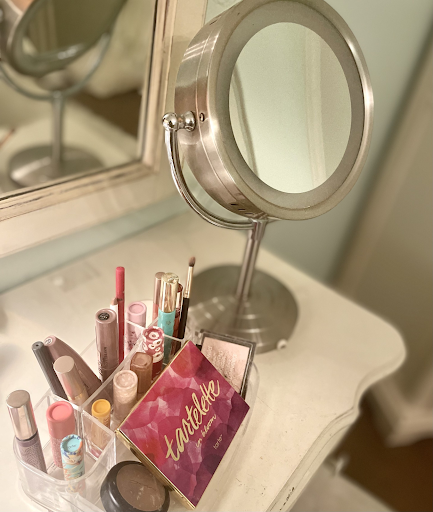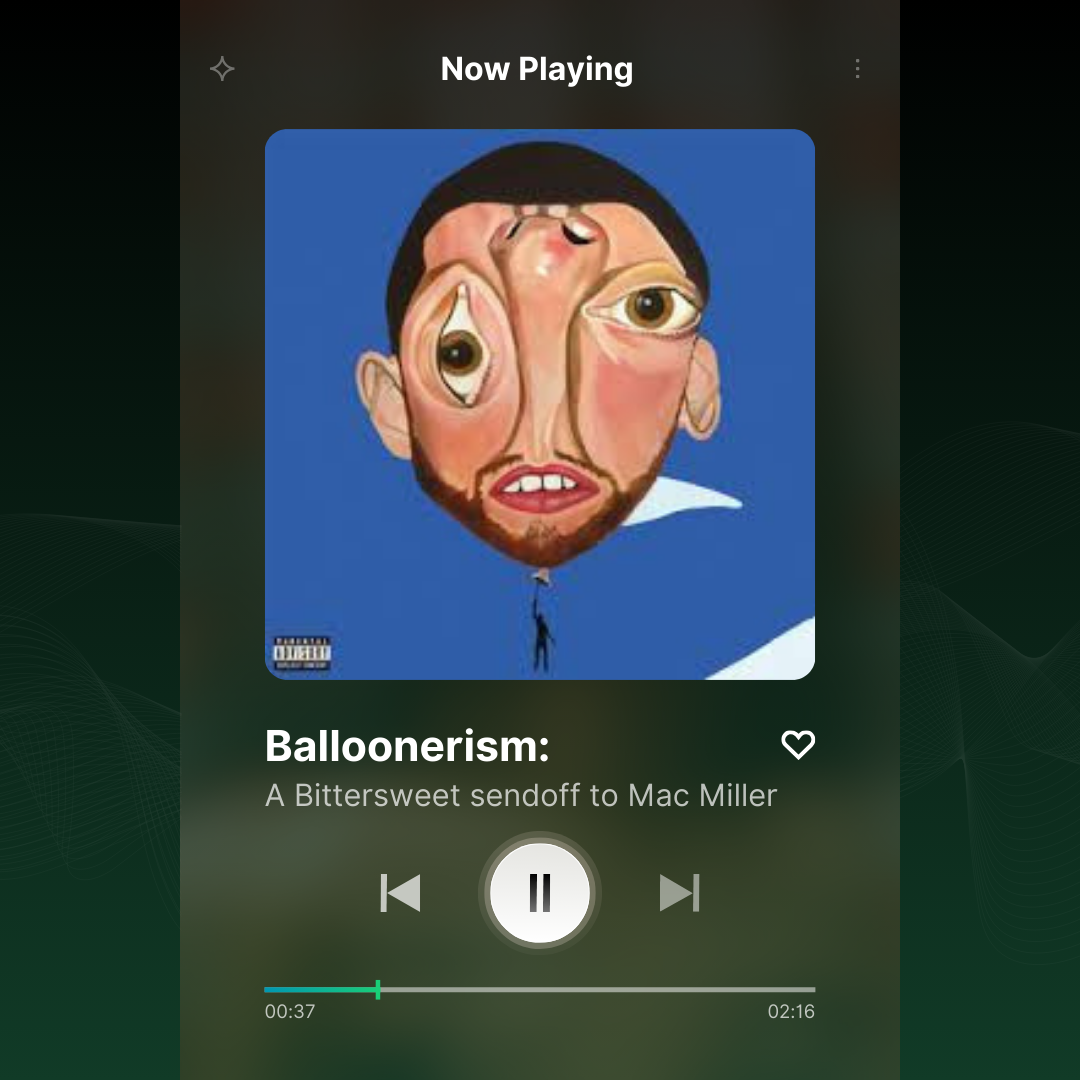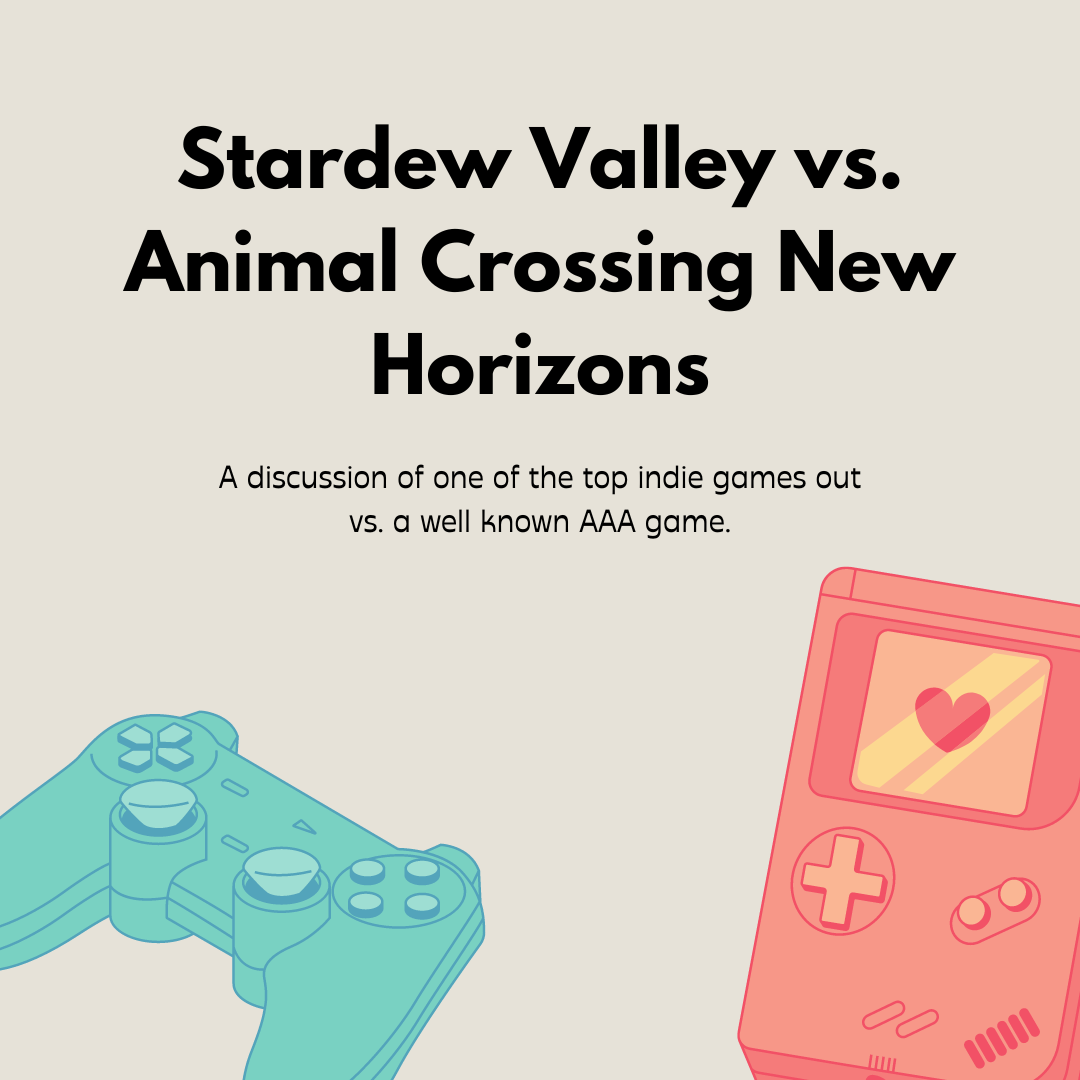Whether it be highlighting natural features, enhancing appearance, or simply boosting confidence, makeup has provided a means for people everywhere to express themselves creatively. The personalization aspect of the beauty business, especially, is its main appeal—the immense variety of eyeshadows, lipsticks, blushes, and more allows people to customize what they want their cosmetic routine to look like. Due to this, the beauty industry is one of the most lucrative there is, with the market size valued at 335.95 billion dollars globally and only projected to continuously increase over the next several years.
This begs the question, however, of how much of this product is actually being used. In a survey done by Stowaway Cosmetics, it was estimated that 75% of consumers alone do not completely finish their makeup; and not because it expired, but just in general. This is further worsened by the fact that the average amount of products each consumer owns is 40, but only 5 products are used and carried around daily.
This isn’t to say that buyers aren’t making efforts to prevent more waste. Irina Pushkareva, a beauty influencer with over 115,000 followers across social media platforms, stated in a recent interview that “With me, I loved buying lipsticks all the time…but I try to shift my perspective and [be] like, ‘Okay, let me try to finish the lipstick’, because it’s…going to be more fulfilling…of course, it requires discipline. It requires using the product every day and avoiding temptations of buying more.”
Pushkareva also conceded how difficult doing so can be, adding that “You buy those things [makeup products] to fulfill something… you’re buying a lipstick because you feel good about it. You know, with simple psychology, you’re trying to deal with [these emotions] in life…you’re kind of escaping into consumerism.”
While these are crucial factors to consider, this is only considering the buyer’s role in all this. In an article done by Vogue Business, it was revealed that factors like retailers sending unpopular products back to their brands, waste generated by formula testers, and unsold products that are sent to landfills are all contributors to the problem that aren’t typically accounted for. While the exact number is hard to get because of this, Arnaud Plas, co-founder and CEO of makeup company Prose, estimates that approximately 20-40% of beauty products themselves end up wasted.
This isn’t the only issue that plagues the cosmetic industry. When these products end up in the landfill, it’s not just the product itself that gets wasted–the packaging, often non-recyclable plastic, gets wasted as well. According to TRVST, an environmental organization based in Georgia, such packaging results in 120 billion units of trash per year, with things like glass, metals and papers all ending up in garbage dumps. Additionally, things like one-time use items, like cleansing wipes and more, end up trashed in much higher proportions compared to other products. Due to this, the issue is further worsened by the constant stream of these products being disposed of at a high rate.
While these numbers are easy to say, the effects it has on the environment is much harder to understand the gravity of. Things like makeup wipes pile up in waterways, changing the shape of the currents and directly impacting the wildlife who rely on them. Additionally, the packaging itself not only contributes to plastic pollution, but also causes the depletion of natural resources while emitting greenhouse gases.
Along with this, micro-plastics, which are known to be prevalent in cosmetic products, can easily end up in rivers and oceans, potentially harming ecosystems. To make matters worse, these materials are now being found in the human body as well; they have already been detected in places like the placenta, heart, lungs, kidneys, liver, and more.
While the issue is pressing, it hasn’t gone completely unaddressed. Some beauty companies have taken to creating packaging that is biodegradable, using recycled materials to do so, as well as plans to implement reusable packaging. Pushkareva additionally added that “Some brands…are already doing reusable packaging. So, you just buy a jar of body cream, [and when you run out], you just buy the body cream [itself again]. Same thing with shampoos. You just buy the shampoo, get the refill, [and] there is less use of plastic. I think that is good.”
While this is beneficial in terms of sustainability, it creates problems regarding pricing. The cost of products tends to rise when they are manufactured this way, and those who have lower budgets may not be able to afford the increase. This is especially true among younger beauty shoppers such as teenagers, who may not have a large amount of money to spend when it comes to makeup.
Bella Gonzalez (‘28), for instance, a student at Patriot High School, has an established makeup routine and enjoys trying out new products. When asked about what she thought about sustainability in packaging, she responded, “I wouldn’t mind buying products that were good for the environment, but if they were more expensive, I would back out on getting them.” It is evident that, while the idea is good in concept, there is still clear work that needs to be done in order to make environmentally friendly products accessible to more consumers, that way everyone can express themselves at an affordable price.
While the beauty industry has made attempts like this to solve the issue, consumers also take matters into their own hands. Gonzalez mentioned that “…One thing I do to make sure I don’t waste any makeup is give it to people like my mom, who [I know will] enjoy the [product].” Since not everyone is comfortable with giving makeup away to family or friends, cosmetic recycling programs provided by TerraCycle and the Pact Collective help buyers dispose of their makeup sustainably. Essentially, consumers can drop off empty containers at select locations, and these companies will reuse them to create new products. This way, the plastic waste that would normally come with simply throwing them away is significantly reduced.
In essence, while the beauty industry has a variety of concerning issues about both the packaging and products themselves, there are efforts taking place to mitigate the issue. It’s important for companies to continue these solutions to the waste problems in an accessible manner— that way, cosmetics can become something that isn’t an issue for the environment, but rather something that can solely benefit people’s creativity, passion, and confidence.








